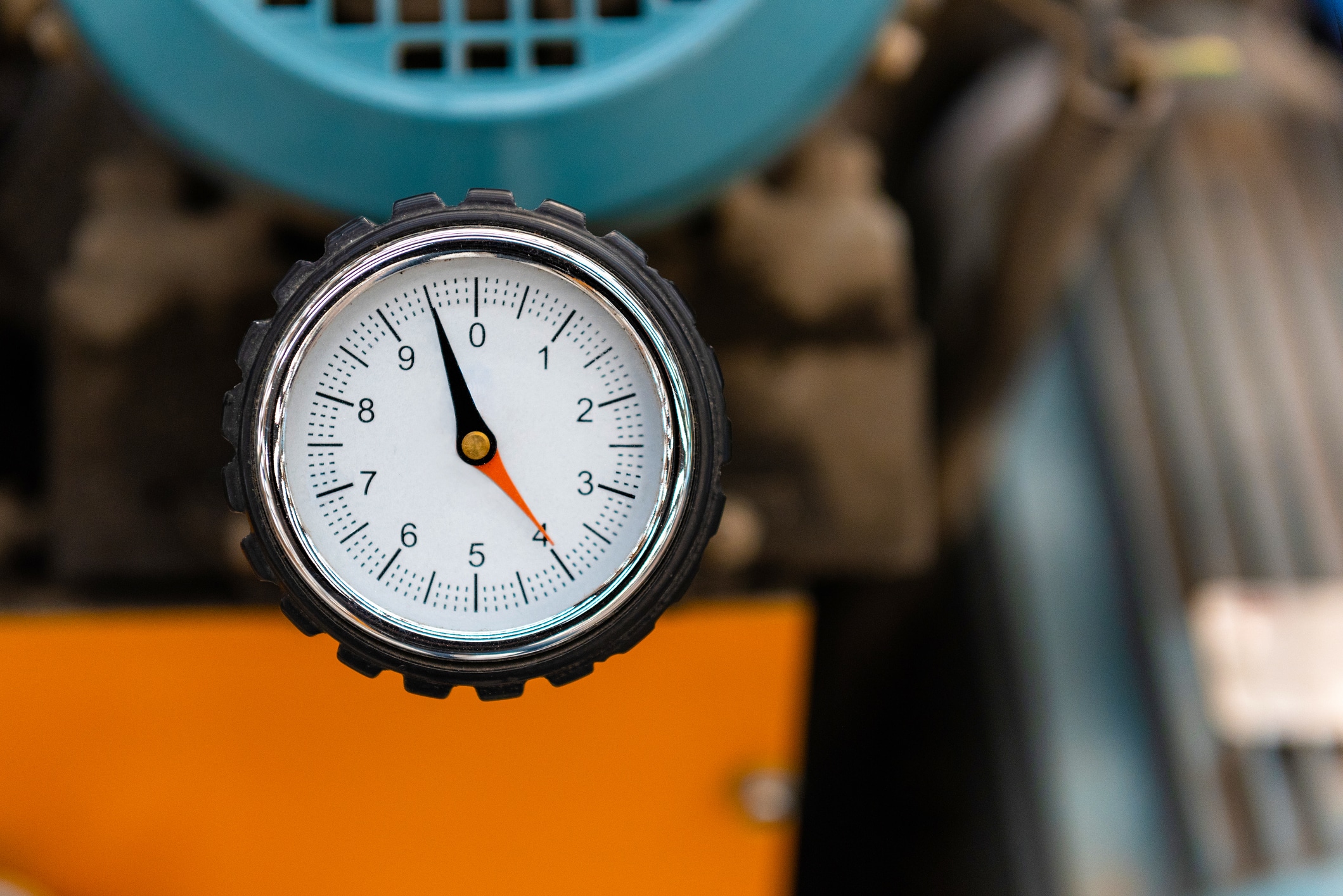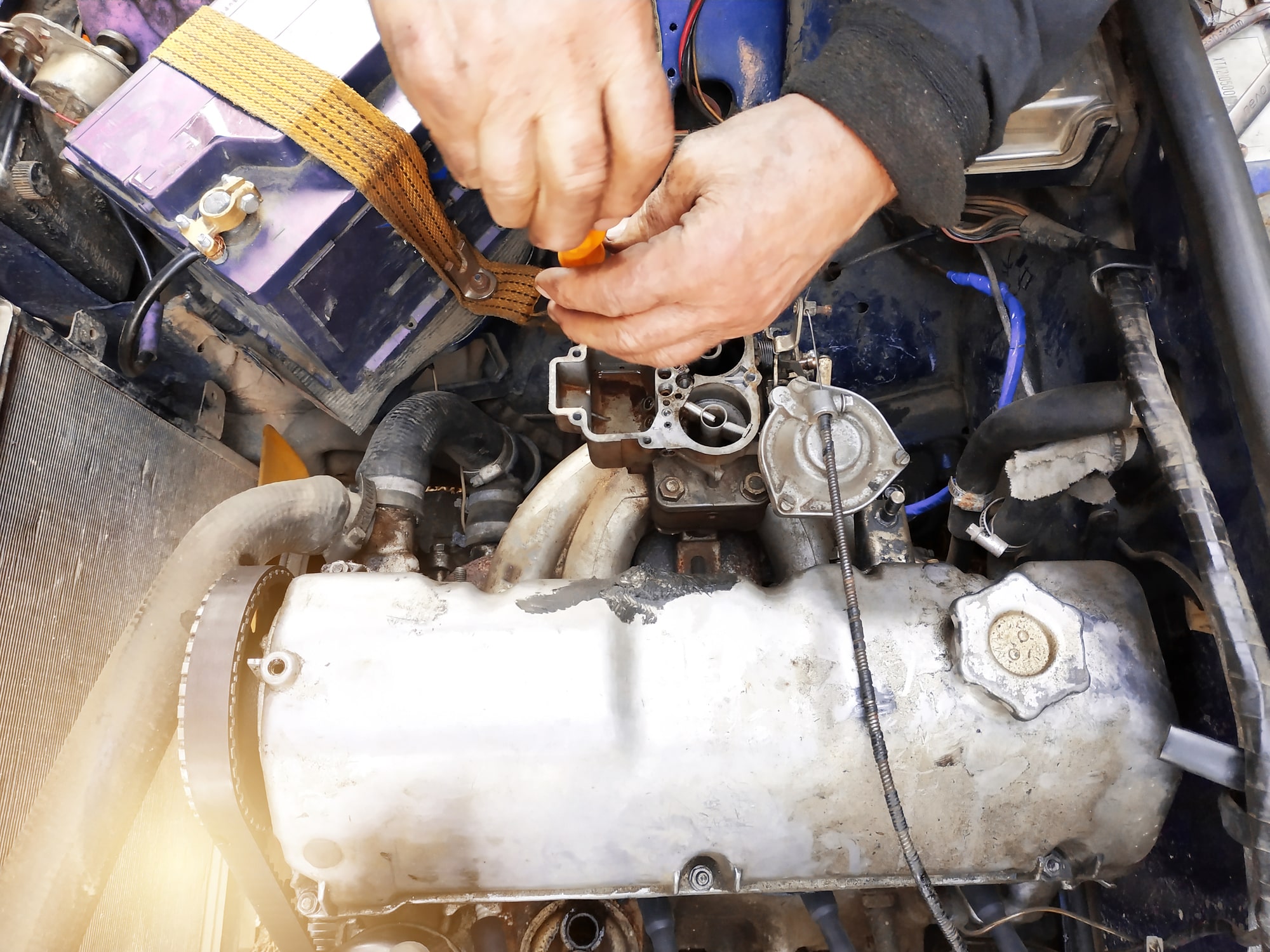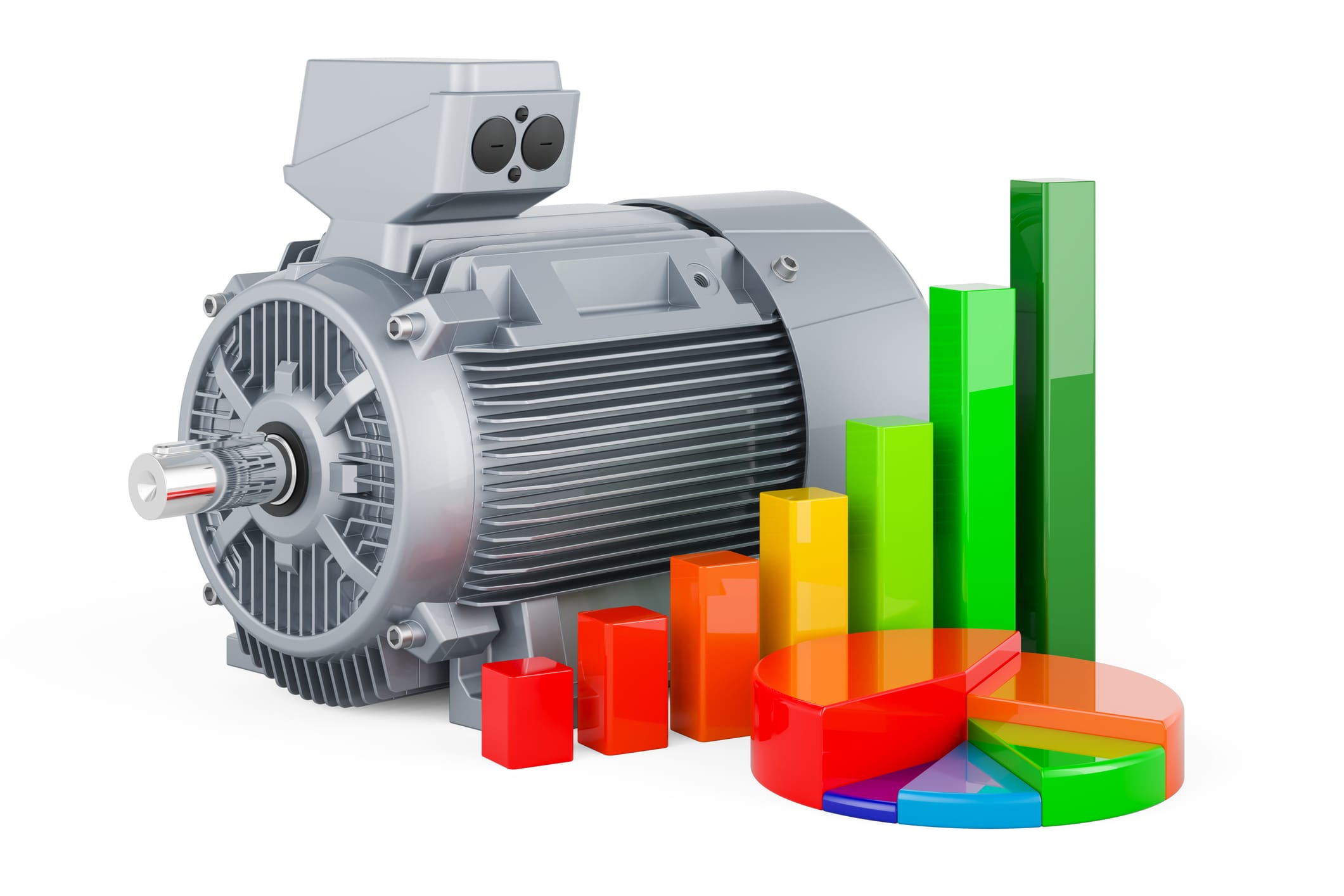BLOG

Comparison Guide: Rotary Screw vs. Piston Compressors for Industrial Use
When it comes to industrial applications, choosing the right compressor type is crucial for ensuring efficient operations. Two common types of compressors used in industrial settings are rotary screw vs. piston compressors. Each type has its own set of advantages and disadvantages, and understanding the differences between the two can help businesses make informed decisions when it comes to selecting the most suitable compressor for their specific needs.
In this guide, we will provide a brief overview of rotary screw compressors and piston compressors, highlighting their key characteristics, applications, and benefits. Understanding these differences will help businesses make the most appropriate choice for their industrial compressor needs.
Differences in Design and Operation
Rotary screw compressors and piston compressors are two common types of industrial compressors used for generating compressed air. Both types are crucial for various industrial applications, but they operate on different principles.
Rotary Screw Compressors
Rotary screw compressors consist of two interlocking helical rotors contained within a close-fitting housing. As the rotors turn, they compress the air between them, gradually reducing the volume of the air and increasing its pressure. These compressors are known for their smooth, pulse-free air delivery and are often used in continuous-duty applications due to their high efficiency and reliability.
Piston Compressors
Piston compressors, also known as reciprocating compressors, utilise one or more pistons within cylinders to compress air. As the piston moves up and down, it creates a vacuum to draw in air, which is then compressed when the piston moves upwards. Piston compressors are commonly used in applications that require intermittent or fluctuating air demand.
Both types of compressors have their advantages and disadvantages, and the choice between them depends on factors such as the required air pressure, air demand variability, and energy efficiency needs. Understanding the basic functioning and principles of these compressors is crucial for selecting the most suitable option for specific industrial requirements.
Efficiency Comparison
When it comes to efficient air compressor comparison of rotary screw vs. piston compressors, it is essential to consider several factors that can impact their overall performance.
Air Output
The air output of a compressor is a crucial factor in determining its energy efficiency. Rotary screw compressors are known for their high air output and consistent flow, making them ideal for applications with constant air demand. In contrast, piston compressors may have varying air output depending on the number of cylinders and their operation, which can impact their overall efficiency.
Power Consumption
Power consumption is another important consideration when assessing the energy efficiency of compressors. Rotary screw compressors are generally more energy-efficient than piston compressors, as they operate continuously and can achieve higher compression ratios with less power. On the other hand, piston compressors may consume more power due to their intermittent operation and higher start-up power requirements.
Heat Generation
Heat generation during the compression process also affects the efficiency of the compressors. Rotary screw compressors generate less heat compared to piston compressors, resulting in lower energy consumption for cooling and reduced thermal stress on components. This makes rotary screw compressors a preferred choice for applications where heat generation and dissipation are critical factors.

In conclusion, the energy efficiency of rotary screw compressors and piston compressors is influenced by multiple factors such as air output, power consumption, and heat generation. Understanding these factors is crucial for making an informed decision when selecting a compressor that meets the specific energy efficiency needs of industrial applications.
Size and Portability
When considering the physical size and portability of rotary screw vs. piston compressors for different industrial settings, it is important to evaluate the space requirements and mobility aspects.
Rotary Screw Compressors
Rotary screw compressors are generally larger compared to piston compressors, primarily due to their design and the need for housing the interlocking helical rotors. These compressors are often mounted on a skid or placed in a dedicated compressor room, requiring more space for installation. Their larger size might limit mobility and relocation options, making them more suitable for stationary industrial operations.
Piston Compressors
In contrast, piston compressors are relatively more compact and can be installed in smaller spaces. They are available in portable models with wheels or handles, allowing for easier manoeuvrability within industrial settings. This mobility makes piston compressors suitable for applications where flexibility and portability are essential, such as construction sites or maintenance operations.
Maintenance Requirements

Examination of the maintenance needs and costs associated with rotary screw vs. piston compressors is crucial for ensuring the long-term reliability and efficiency of these industrial equipment. Here are a few air compressor maintenance tips:
Rotary Screw Compressors Maintenance
Rotary screw compressors generally have lower maintenance needs compared to piston compressors. The main maintenance tasks for rotary screw compressors include regular oil and filter changes, as well as periodic checks of the air and oil filters, separator elements, and drive belts. Servicing intervals for rotary screw compressors are typically longer, ranging from 4,000 to 8,000 hours of operation, depending on the manufacturer's recommendations and the operating conditions. These longer intervals result in reduced downtime and maintenance costs, making rotary screw compressors a cost-effective option for businesses with continuous-duty applications.
Piston Compressors Maintenance
Piston compressors, on the other hand, require more frequent maintenance due to their design and operation. Maintenance tasks for piston compressors include regular oil changes, inspection and replacement of piston rings, valves, and gaskets, as well as monitoring and adjusting the drive belts. Servicing intervals for piston compressors are generally shorter, ranging from 500 to 1,000 hours of operation, which can result in increased downtime and maintenance expenses for businesses.
Businesses need to consider the long-term maintenance needs and costs associated with rotary screw and piston compressors when making decisions about compressor selection. While rotary screw compressors may have higher initial investment costs, their lower maintenance requirements and longer servicing intervals contribute to their overall long-term reliability and cost-effectiveness, especially for continuous-duty industrial applications.
Air Quality and Contamination
When comparing air quality outputs and contamination risks between rotary screw and piston compressors, it is essential to consider several factors that can impact the purity and cleanliness of the compressed air.
Oil Carryover
One significant factor to evaluate is oil carryover, which refers to the amount of oil that is carried over from the compression process into the compressed air system. Rotary screw compressors generally have lower oil carryover compared to piston compressors. This is due to the design and operation of rotary screw compressors, which typically incorporate oil separation mechanisms that effectively remove lubricant from the compressed air. These mechanisms, such as oil separators and filters, help to ensure that the compressed air meets the required quality standards and is free from oil contaminants.
Moisture Separation
Furthermore, moisture levels in the compressed air must be assessed to ensure optimal air quality. Rotary screw compressors are equipped with efficient moisture separation systems, typically consisting of aftercoolers and moisture separators, to minimise the moisture content in the compressed air. Piston compressors, especially in humid environments, may struggle to achieve the same level of moisture separation, increasing the risk of water contamination in the compressed air.
Air Filtration System
The effectiveness of air filtration systems in both is also a critical factor in determining air quality in compressors. Rotary screw compressors often incorporate advanced filtration systems that can efficiently remove contaminants and particulates from the compressed air, contributing to higher air purity. On the other hand, piston compressors may have limitations in their filtration capabilities, potentially allowing certain contaminants to pass through the system and affect the quality of the compressed air.
Cost Analysis and Return on Investment (ROI)
When analysing the cost and return on investment for rotary screw and piston compressors, it is essential to consider the breakdown of initial costs, operational expenses, and long-term financial benefits.
Initial Costs
The initial investment for rotary screw compressors is typically higher than that of piston compressors. This higher purchase price is often attributed to the advanced industrial compressor technology and construction of rotary screw compressors, which provide greater energy efficiency and performance. On the other hand, piston compressors have a lower initial purchase price, making them a more economical upfront investment. However, it is important to evaluate the long-term cost implications associated with this initial investment.

Operational Expenses
Energy Efficiency Savings
One of the significant operational expense considerations is the energy efficiency of the compressors. Rotary screw compressors are known for their higher energy efficiency, resulting in reduced power consumption and lower operating costs over time. The advanced design of rotary screw compressors allows for continuous operation at varying load levels, optimising energy usage and minimising energy wastage. In contrast, piston compressors may have higher energy consumption, especially in applications where variable air demand leads to frequent start-stop cycles. As a result, the operational expenses of piston compressors, in terms of energy usage, may be higher compared to rotary screw compressors.
Maintenance Costs
Another crucial aspect of operational expenses is the maintenance costs over time. As previously discussed, rotary screw compressors generally have lower maintenance requirements and longer servicing intervals, contributing to reduced maintenance expenses in the long run. On the other hand, piston compressors require more frequent maintenance, leading to higher maintenance costs, downtime, and potential replacement of wearing parts. Therefore, businesses must carefully consider the overall maintenance expenses associated with each compressor type when analysing operational costs.
Long-Term ROI
When evaluating the long-term return ROI with air compressors, businesses should consider the cumulative impact of initial costs, operational expenses, and potential energy savings and maintenance costs over the expected lifespan of the compressors. Although rotary screw compressors may have a higher initial investment, their energy efficiency savings and lower maintenance costs contribute to a favourable long-term ROI, especially in continuous-duty industrial applications where a consistent and reliable compressed air supply is essential.
Factors to Consider When Choosing
Medical air compressors play a crucial role in powering surgical tools and equipment in operating rooms. Pneumatic drills and saws, suction devices, and cautery units are some examples of tools that rely on medical air compressors. These tools help surgeons make precise cuts, maintain a clear surgical field, and control tissue cutting and sealing. The consistent pressure provided by medical air compressors ensures efficient cooling and minimises smoke build-up, improving visibility during surgery.
Air Output Requirements
The first step in the decision-making process is to thoroughly evaluate your air output requirements. Rotary screw compressors are known for their consistent and high-capacity air output, making them ideal for applications with continuous and demanding air supply needs. On the other hand, piston compressors are suitable for smaller-scale operations with intermittent air usage. Assessing your specific air output demands will guide you in selecting a compressor that can effectively meet your production requirements without over- or under-sizing the system.
Space Limitations
Consideration of space limitations is paramount when choosing between compressor types. Rotary screw compressors typically have a more compact and space-efficient design, allowing for flexible installation in constrained areas. In contrast, piston compressors may require more floor space, making them less suitable for facilities with limited room for equipment. Understanding the spatial constraints of your industrial environment will help you determine the most space-effective compressor solution without compromising operational efficiency.
Budget Constraints
Balancing initial investment with long-term cost implications is essential when working within budget constraints. While piston compressors offer a lower initial purchase price, it is critical to assess the operational and maintenance expenses over the expected lifespan of the compressors. Considering the total cost of ownership, including energy efficiency, maintenance, and potential downtime costs, will enable you to make a budget-conscious decision that aligns with your financial resources and sustainability goals.
Long Term Goals
Your long-term objectives and business aspirations should also influence your compressor selection. If your industrial operations are aimed at growth and scalability, investing in a compressor with superior energy efficiency and minimal maintenance requirements, such as a rotary screw compressor, can align with your goal of long-term operational reliability and cost-effectiveness. Conversely, if your business priorities involve immediate cost savings, a piston compressor's lower initial investment may be more suitable, considering the specific operational demands and expansion plans.
Rotary Screw vs. Piston Compressors: Titan Air Compressors Knows What’s Best For You
If you are still unsure about which energy-efficient compressor option is best for your business, Titan Air Compressors can provide expert guidance and assistance in evaluating your specific needs and considerations. Making a decision about rotary screw vs. piston compressors is a critical step for your industrial operations, and having a clear understanding of the technical and financial aspects is essential.
By leveraging the expertise and tailored solutions offered by Titan Air Compressors, you can confidently navigate the decision-making process and select the most suitable compressor type for your industrial application. Whether you prioritise energy efficiency, long-term reliability, or immediate cost-effectiveness, their specialist guidance can empower you to make a well-informed choice that aligns with your operational and financial priorities.
For more information regarding rotary screw compressor benefits or piston compressor advantages, visit https://titanaircompressors.au/ or call us on 0451 499 733.

